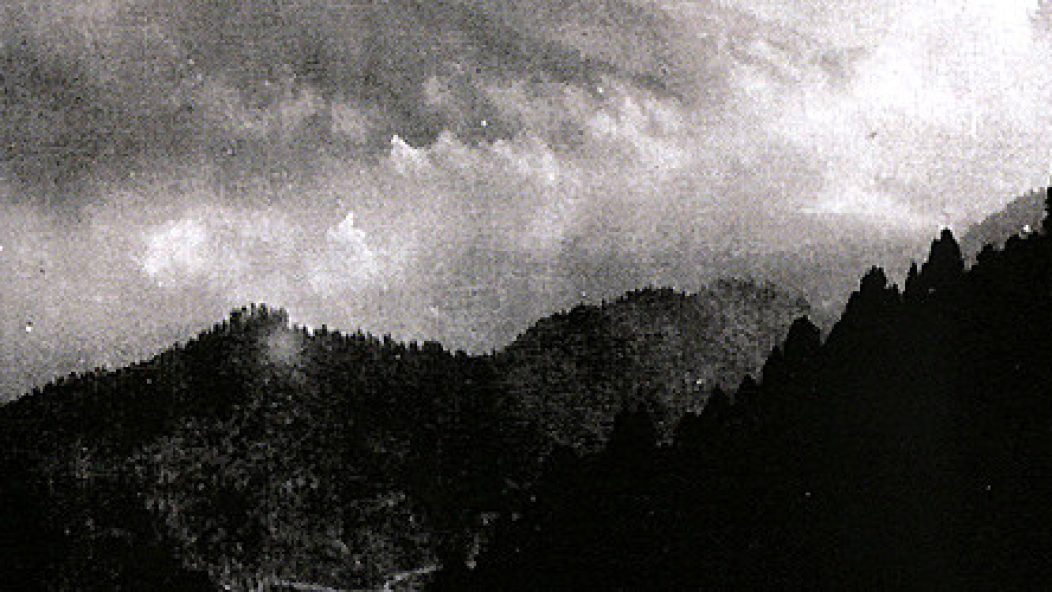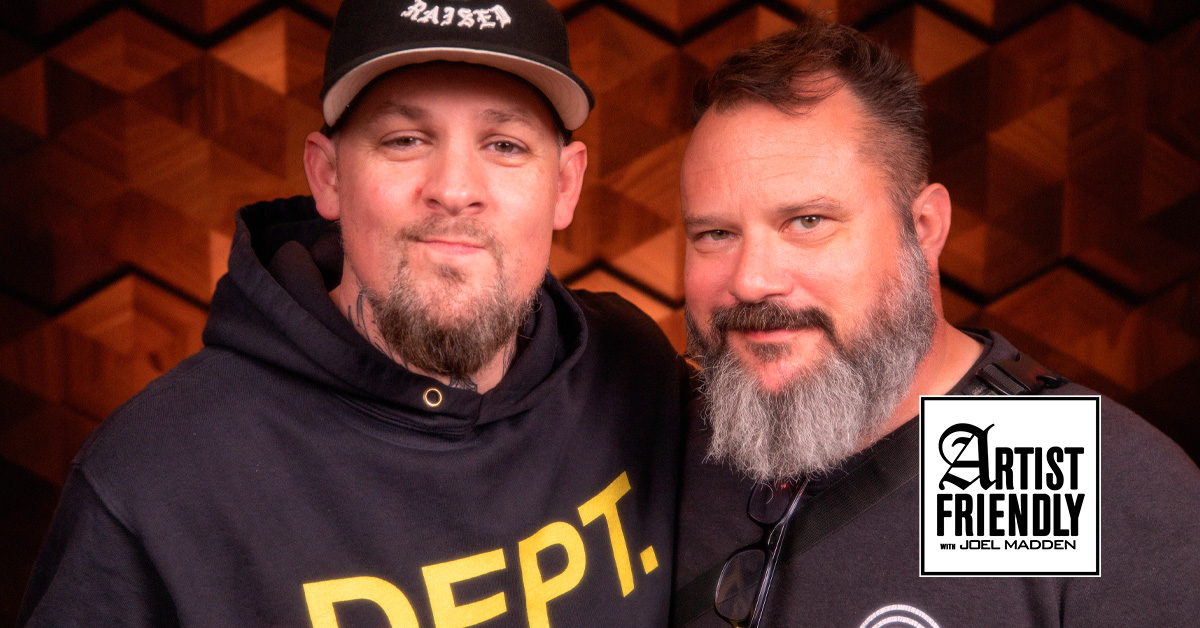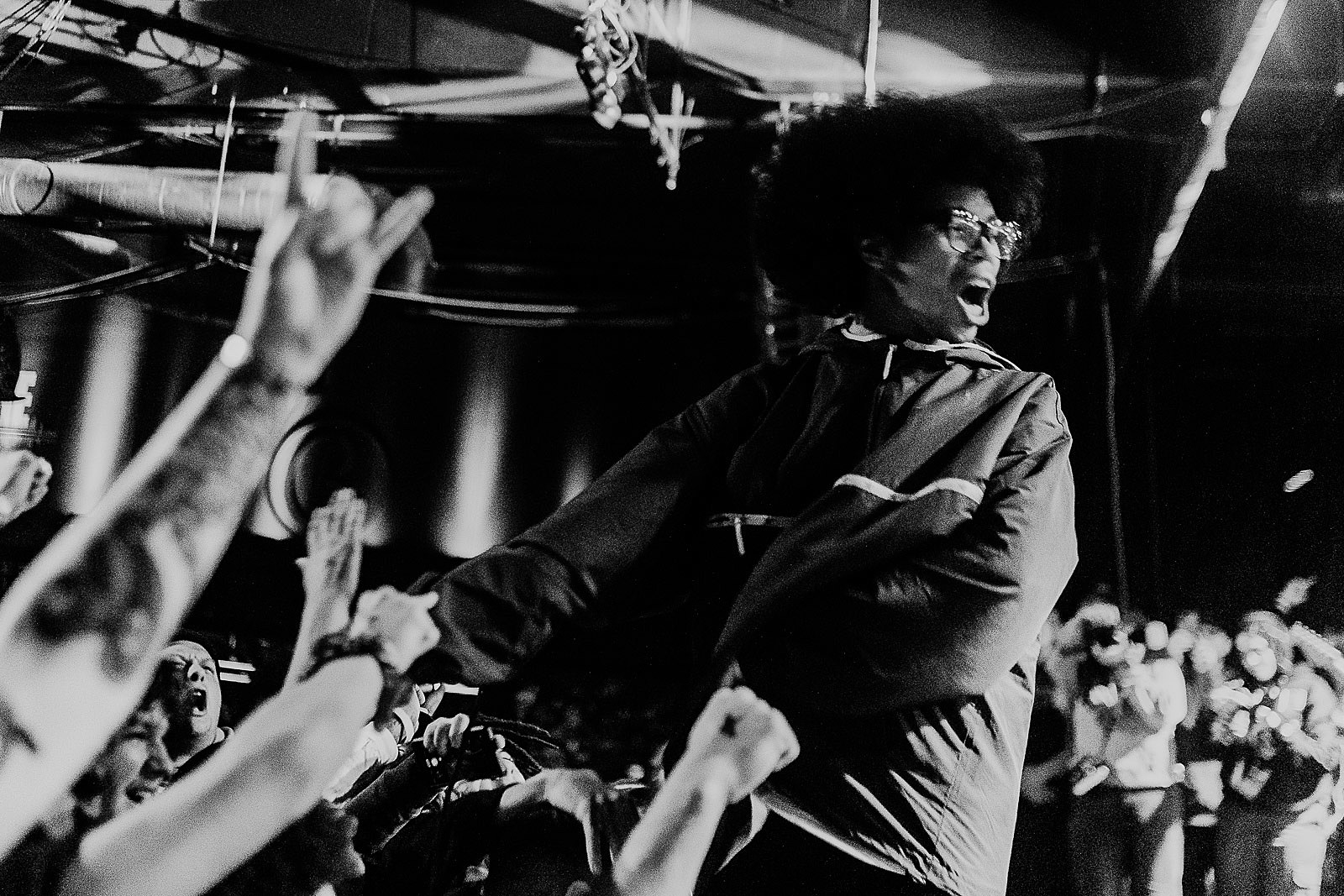
Blogspot Days Revisited: Pagan Hellfire
. . .
The early days of Invisible Oranges were some of the last days I spent in record stores. If I bought the CD I reviewed – and back then I bought most of what I reviewed – I still remember where I bought it.
Case in point: Pagan Hellfire. I bought it at Hospital Productions in NYC. Hospital is small and not a place to find something specific. You just go there to find something. The best way to shop there is ask proprietor Dominick Fernow for a recommendation. He will ask you what you want, you will give a rough idea, and a half-hour conversation will ensue in which you emerge with several albums. None will actually fit what you wanted. But they are close enough and actually better than if you had gotten what you had wanted.
I would not have asked for Pagan Hellfire because I would not have known to ask for it. Who looks for “ostensibly lo-fi black metal that delivers on hidden grand ambitions”? I guess Burzum answers to that. But when people shop for Burzum, they shop for Burzum, not for the classification that Burzum happens to fall into.
Burzum no doubt influenced Pagan Hellfire. But most people think of influence as a connector and forget that it is also a distancer. Burzum invented a new game, making up its rules along the way. Pagan Hellfire is playing by those rules. That awareness yields different results. Pagan Hellfire has a sure-handedness that Burzum lacks, which is a value judgment on neither. Burzum’s “searching” quality comprises much of its appeal. If Varg Vikernes had completely known what he was doing, his recordings wouldn’t have had the raw electricity they still have.
So Pagan Hellfire learned a few Burzumic lessons. The application on the title track of Solidarity (original writeup) is stealthy but startling. Simple but strong mechanics are at work. What begins as a standard double bass and polka workout takes a deep breath at 2:21. It lets freedom ring with a single tremolo-picked guitar line. Daring! You have so much confidence in your riff that you let it speak without accompaniment. Then accompaniment crashes in, buoyed along on this new level.
It’s a happy enough development, but there’s more. At 3:39, we take another breath. Now the stringed instruments begin a new conversation. The right side plays dyads up top, the left side supports in the middle, and the bass responds with wondeful words down below. (For an ambient drum ‘n’ bass – arguably inadvertently Burzumic music – version of such bass movement, see Blame’s “Overhead Projections” (bass begins at 2:27).)
Two things result. The first is a pure distillation of the archetypal black metal guitar tone. Without drums or vocals to obscure things, that frosty midrange bite lies bare in all its glory. Second, tension builds. One minute and 25 seconds pass without drums or vocals. That’s a long time to cycle through a riff, but each repetition only builds anticipation. (Incidentally, this is a classic dance music move, for a long breakdown to yield an epic drop when everything crashes back in.) Here, when everything does crash back in, it’s not with stormy blastbeats. Instead, we get a simple, defiant oompah. It’s sideways – and it’s perfect.
That moment over three years ago, when this sublime creation entered my life, will stay with me for years.
. . .
Blogspot Days Revisited remembers highlights from Invisible Oranges’ first two years.
. . .
BUY SOLIDARITY
. . .











